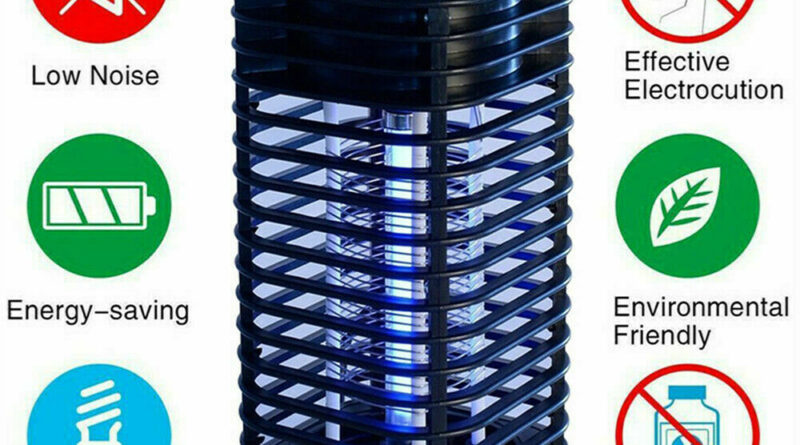Bug Zappers For Indoors: A Comprehensive Guide
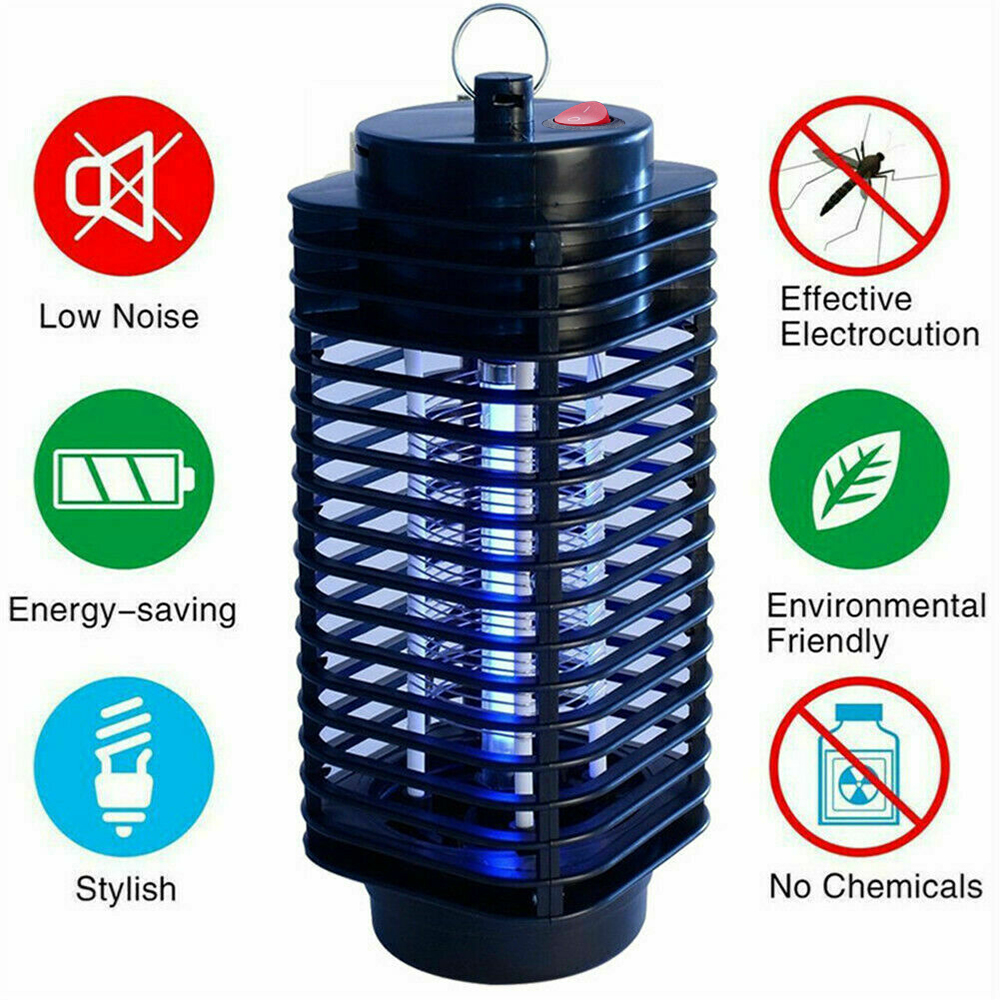
Bug Zappers for Indoors: A Comprehensive Guide
Introduction
In the battle against pesky insects, bug zappers have emerged as a popular and effective solution. While traditionally used outdoors, advancements in technology have led to the development of indoor bug zappers, offering a convenient and efficient way to eliminate flying insects within your home. This comprehensive guide will delve into the world of indoor bug zappers, exploring their benefits, types, safety considerations, and tips for effective use.
Benefits of Indoor Bug Zappers
1. Effective Pest Control:
Indoor bug zappers are designed to attract and eliminate flying insects, including mosquitoes, flies, moths, and gnats. By emitting ultraviolet light and releasing carbon dioxide, these devices mimic the natural cues that attract insects, luring them into a high-voltage grid that instantly kills them.
2. Chemical-Free Solution:
Unlike traditional insect sprays and repellents, indoor bug zappers do not release any harmful chemicals into the air. This makes them a safe and environmentally friendly option for pest control, especially in homes with children or pets.
3. Continuous Protection:
Indoor bug zappers operate continuously, providing 24/7 protection against flying insects. They can be left running unattended, ensuring that your home remains pest-free even when you’re away.
4. Easy to Use and Maintain:
Most indoor bug zappers are simple to set up and use. They typically come with a plug-and-play design, requiring minimal effort to install. Additionally, the removable trays make it easy to dispose of dead insects, ensuring a clean and hygienic environment.
Types of Indoor Bug Zappers
1. Electric Grid Zappers:
These are the most common type of indoor bug zappers. They feature a high-voltage grid that electrocutes insects upon contact. Electric grid zappers are effective and affordable, but they can be noisy and may pose a safety hazard if not handled properly.
2. UV Light Zappers:
UV light zappers use ultraviolet light to attract insects. When insects approach the light, they are sucked into a vacuum or fan, where they are trapped and killed. UV light zappers are quieter than electric grid zappers and do not pose a safety hazard, making them a good choice for homes with children or pets.
3. Ultrasonic Zappers:
Ultrasonic zappers emit high-frequency sound waves that are inaudible to humans but can deter insects. These devices are non-lethal and do not require any maintenance. However, their effectiveness is limited, and they may not be suitable for all types of insects.
Safety Considerations
1. Electrical Hazards:
Indoor bug zappers operate on high voltage, so it is crucial to handle them with care. Always unplug the device before cleaning or servicing it. Keep it out of reach of children and pets to prevent accidental contact with the electrified grid.
2. Fire Risk:
Dead insects can accumulate on the grid and tray of the bug zapper. If not cleaned regularly, this debris can pose a fire hazard. It is essential to empty the tray frequently and clean the grid with a damp cloth.
3. Ozone Production:
Some indoor bug zappers produce ozone as a byproduct of their operation. While ozone is an effective disinfectant, it can be harmful to humans and pets in high concentrations. Choose a bug zapper with a low ozone output or consider using it in well-ventilated areas.
Tips for Effective Use
1. Placement:
Place the indoor bug zapper in areas where insects are most likely to congregate, such as near windows, doors, or light fixtures. Avoid placing it near food or water sources, as this can attract insects to the area.
2. Darkness:
Insects are more active in the dark. Turn off lights in the room where the bug zapper is placed to enhance its effectiveness.
3. Regular Cleaning:
Empty the insect tray regularly to prevent debris buildup and reduce the risk of fire. Clean the grid with a damp cloth to remove any dead insects or dust.
4. Maintenance:
Inspect the bug zapper periodically for any damage or loose connections. Replace the UV bulb or vacuum filter as needed to ensure optimal performance.
Conclusion
Indoor bug zappers offer a convenient and effective solution for eliminating flying insects within your home. By understanding the benefits, types, safety considerations, and tips for effective use, you can choose the right bug zapper for your needs and enjoy a pest-free living environment. Remember to prioritize safety by handling the device with care and following the manufacturer’s instructions. With proper use and maintenance, an indoor bug zapper can provide years of reliable pest control, ensuring a comfortable and insect-free home.
5 Best Bug Zappers for Indoors
Keep your home pest-free with these top-rated bug zappers.
1. Black Flag Indoor Insect Zapper
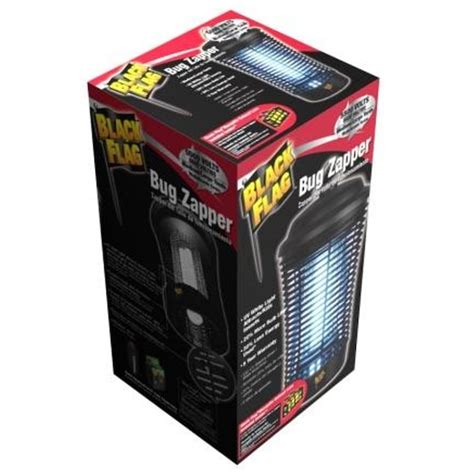
This compact and effective zapper uses UV light to attract insects and a high-voltage grid to eliminate them. It’s ideal for small to medium-sized rooms.
2. Katchy Indoor Insect Trap
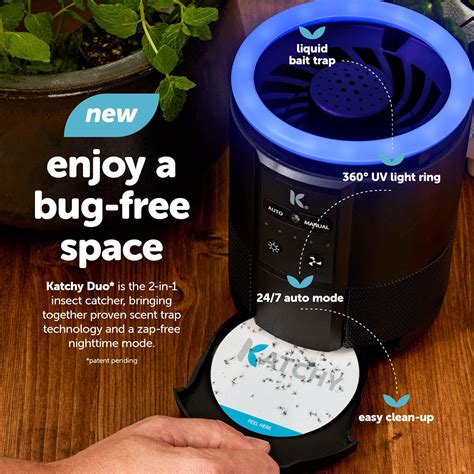
This innovative trap uses a UV light and a sticky glue board to capture insects. It’s non-toxic and requires no chemicals or maintenance.
3. Flowtron BK-15D Electronic Insect Killer
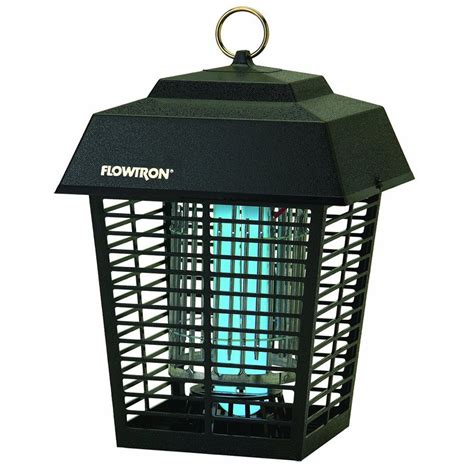
This powerful zapper covers up to 1,500 square feet and features a large, easy-to-clean tray. It’s suitable for larger rooms and commercial spaces.
4. DynaTrap DT1050-TUN FlyLight Insect Trap
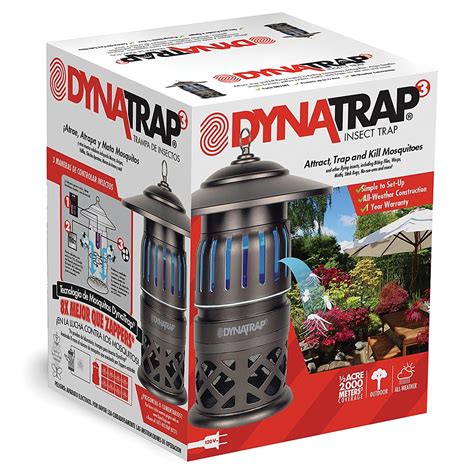
This UV light trap is specifically designed to attract and trap flies. It’s ideal for kitchens, restaurants, and other areas where flies are a problem.
5. Aspectek Bug Zapper Racket
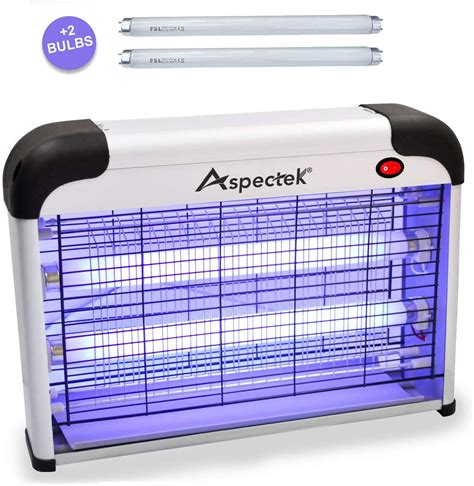
This handheld zapper is perfect for quickly eliminating mosquitoes, flies, and other flying insects. It’s lightweight and easy to use, making it ideal for outdoor activities.
